1921
Secret Photograph from Rath Internment Camp
A collection of photographs shows the life of Irish War of Independence prisoners in an internment camp in 1921.
By Brenda Malone
This is one of a collection of covert photographs taken by Joseph Lawless, an internee at the Rath Internment Camp in The Curragh, Co. Kildare in 1921. According to his witness statement, he was a keen amateur photographer and was in the habit of carrying a camera.
The camera, most likely a Vest Pocket Kodak, is hidden on his person as he stands inside prisoners’ hut No. 1. The soldier shown is Sergeant Roper of the Black Watch, and to the left in the foreground is Ed McEvoy, another IRA prisoner.
In the information accompanying the collection, Lawless stated that Sergeant Roper heard the click as the photograph was taken but did not know who had the camera. He became very alarmed when McEvoy told him that the photograph would be used to identify him to the prisoners’ friends on the outside.
Why was Joseph Lawless interned?
Lawless was involved in the movement for Irish independence from an early age. He joined the Irish Volunteers as a member of the Swords Company in about 1914, and was involved in the Howth gun-running of that year. He took part in the 1916 Rising at Battle of Ashbourne in Co. Meath, after which he was interned in Frongoch until the general release at Christmas 1916.
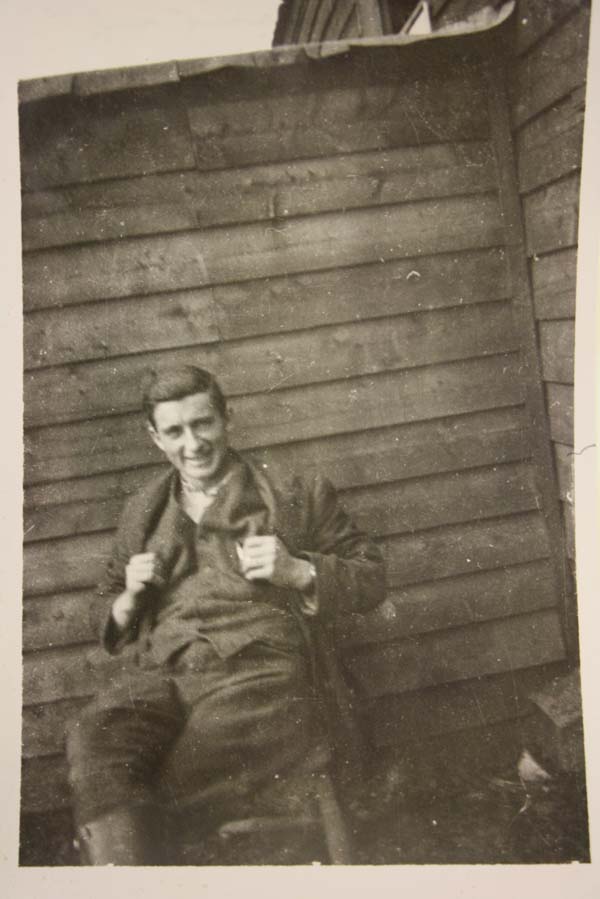
Figure 2: Joseph Lawless at Rath Camp (HE:EW.1809)
On his return to Dublin he started a business in Parnell Street which became a bomb factory. He later established a private car hire business which was used by IRA parties, including Lawless, to carry out raids on RIC barracks. He was arrested in December 1920 and interned first at Collinstown Aerodrome and Arbour Hill, and was transferred to Rath Camp at the end of February 1921. He escaped in October of that year, and continued his activities in the Republican movement. He later became a Colonel in the Irish Army.
What does the Lawless photograph collection tell us?
Although cameras were prohibited in internment camps and prisons, some individuals such as Joseph Lawless did manage to smuggle one in and photographically record the details of the prisoners’ lives. The Lawless collection is unusual in that it is quite large, totalling 35 photographs of the camp interior.
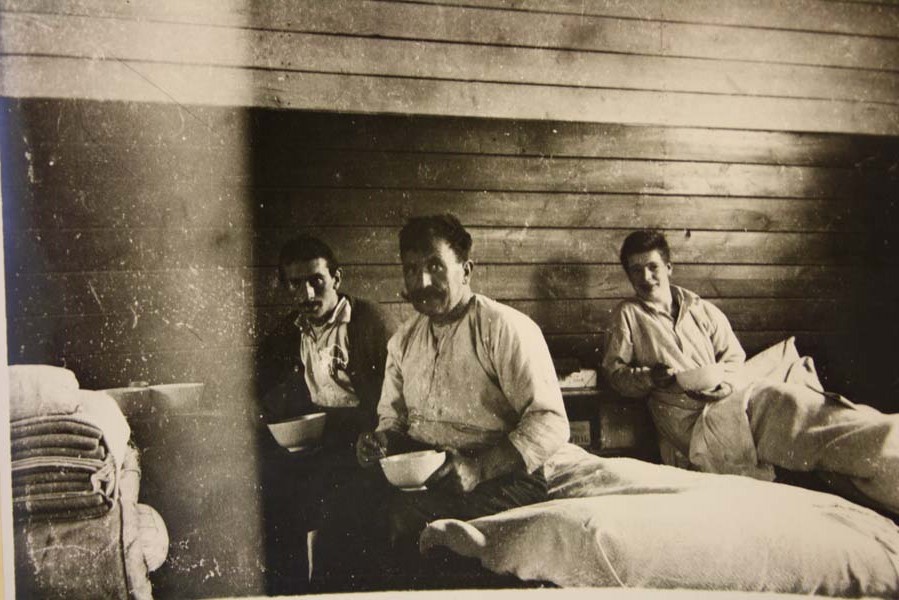
Figure 3: Internees at Rath Camp hospital (HE:EW.1813).
They cover everyday activities such as taking exercise, washing clothes, attending mass, tuberculosis patients being treated in the camp hospital and cooking meals.
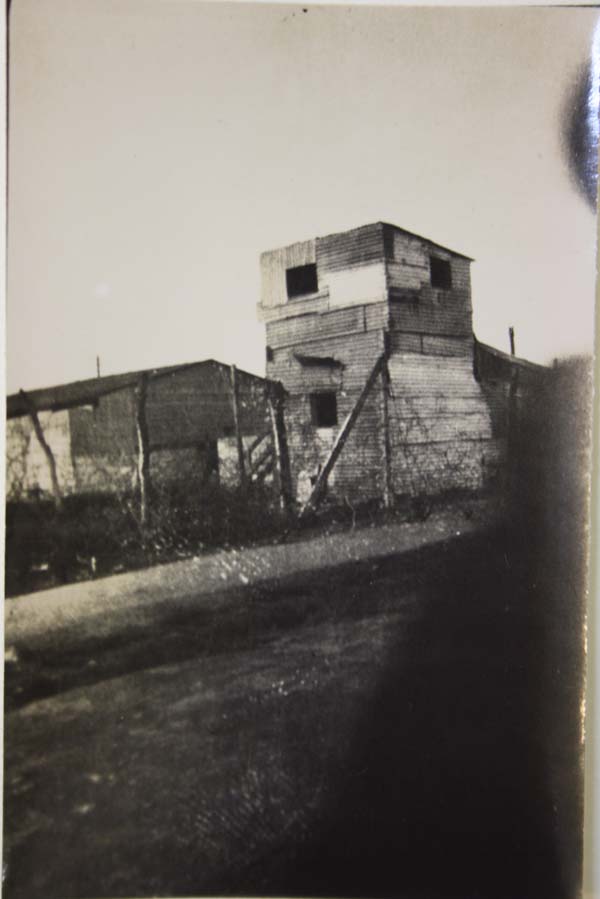
Figure 4: Guard tower at Rath Camp (HE:EW.1800)
These activities contrast with the background in the photographs which depict watch towers and barbed wire, reminding the viewer that the people in the photographs are under constant armed guard and threat to their lives. One photograph shows a cart carrying prisoners’ mail to the Camp post office to be censored.
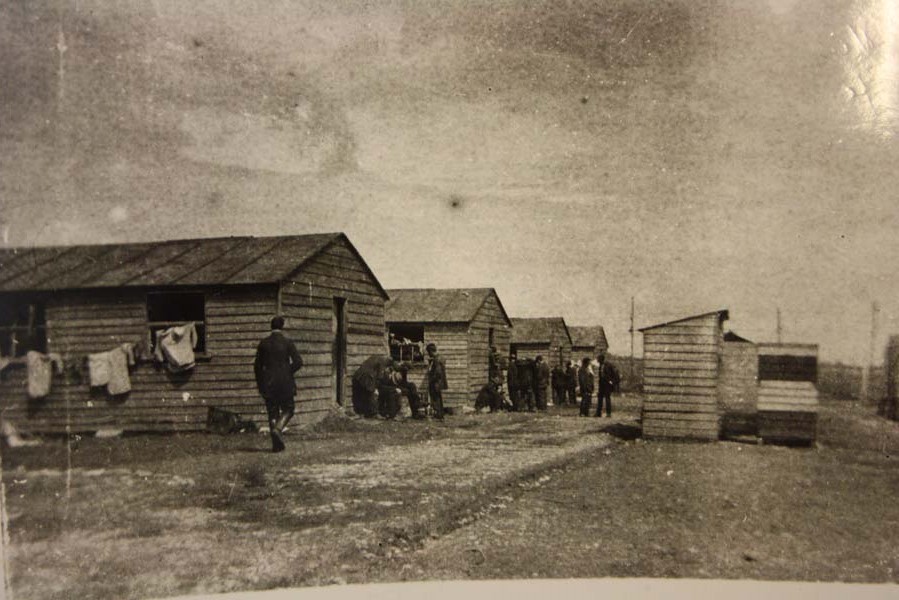
Figure 5: Prisoner huts for Company A at Rath Camp (HE:EW.1812)
Other photographs show the internees gathered on parade in a field for a roll call after a mass escape of prisoners, and soldiers digging trenches to prevent tunnelling and further escapes.
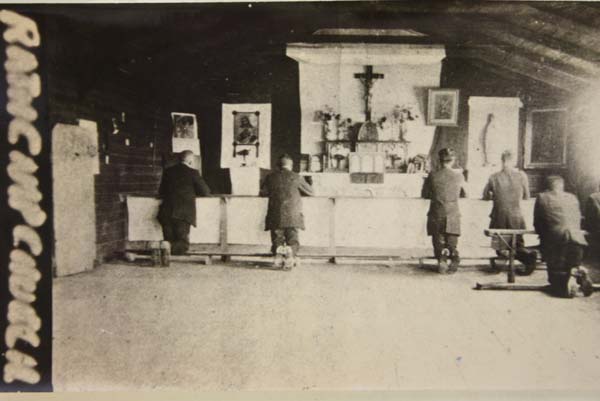
Figure 6: Rath Camp chapel (HE:EW.1795)
Lawless’ photographs of Rath depict the realities of life for detainees in a prison camp in Ireland in the War of Independence period in a way that words cannot fully describe.
Where did the collection come from?
The photographs were donated by Joseph Lawless in 1950.
They are part of a large collection of material relating to the internment of Irish men and women in various prisons and camps from 1916 to 1923. They form part of the Easter Week Collection, which covers the revolutionary period from the formation of the Irish Volunteers in 1913 to the end of the Civil War in 1923.
Learn more...
For the full account of Colonel Joseph Lawless’ part in the fight for Irish independence, see his statement to the Bureau of Military History (W.S. 1043).
There are no publications specifically about Rath Internment Camp, but you can read more about internment during the War of Independence in Liam Ó Duibhir’s book Prisoners of War: Ballykinlar Internment Camp 1920–1921 (Mercier Press, 2013).
Sean O’Mahony’s Frongoch: University of Revolution (FDR Teoranta, 1987) and Lyn Ebeneezer’s Frongoch Camp 1916 and the Birth of the IRA (Gwasg Carreg Gwalch, 2012) both describe the famous Frongoch Camp in Wales which was used after the 1916 Rising.
Location:
Secret Photograph from Rath Internment Camp is located at:
In Storage
Previous artefact:
Next artefact:
